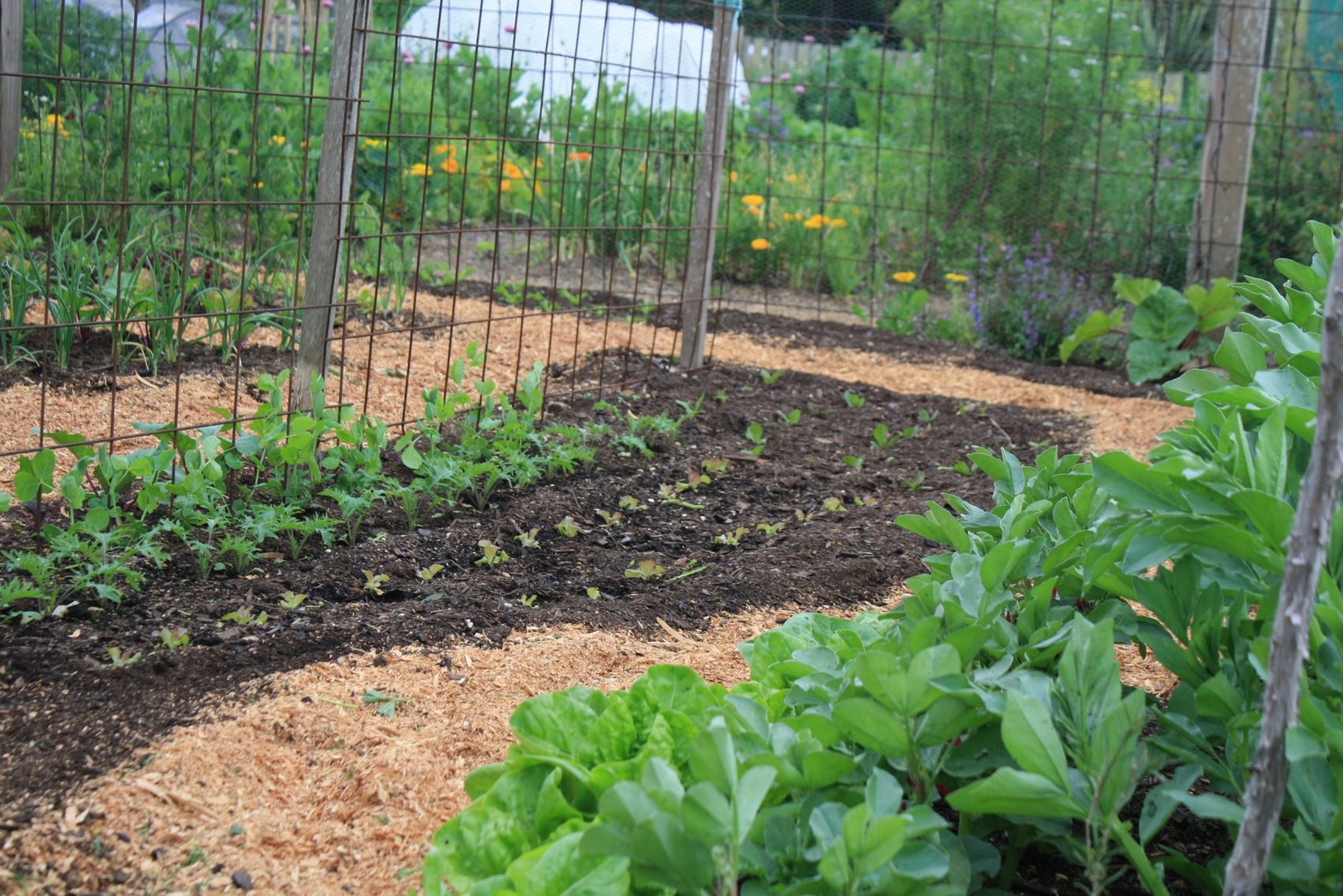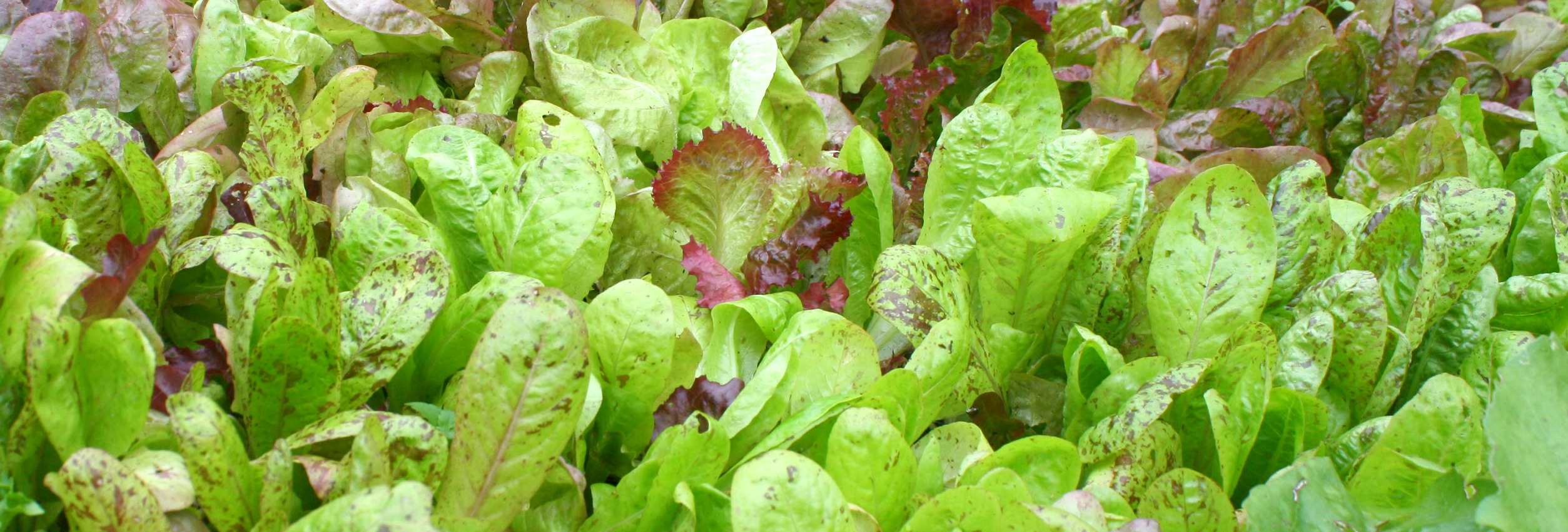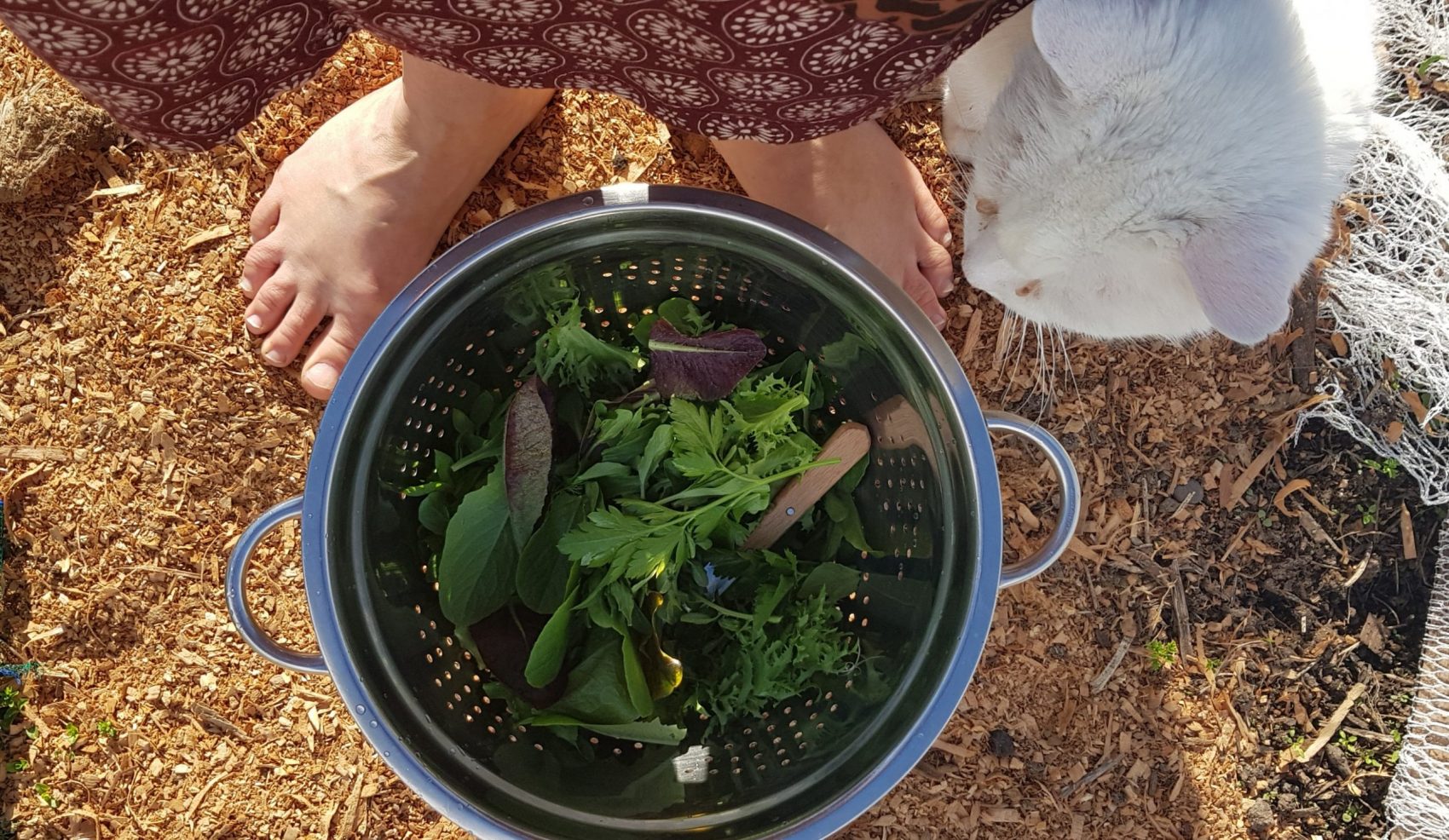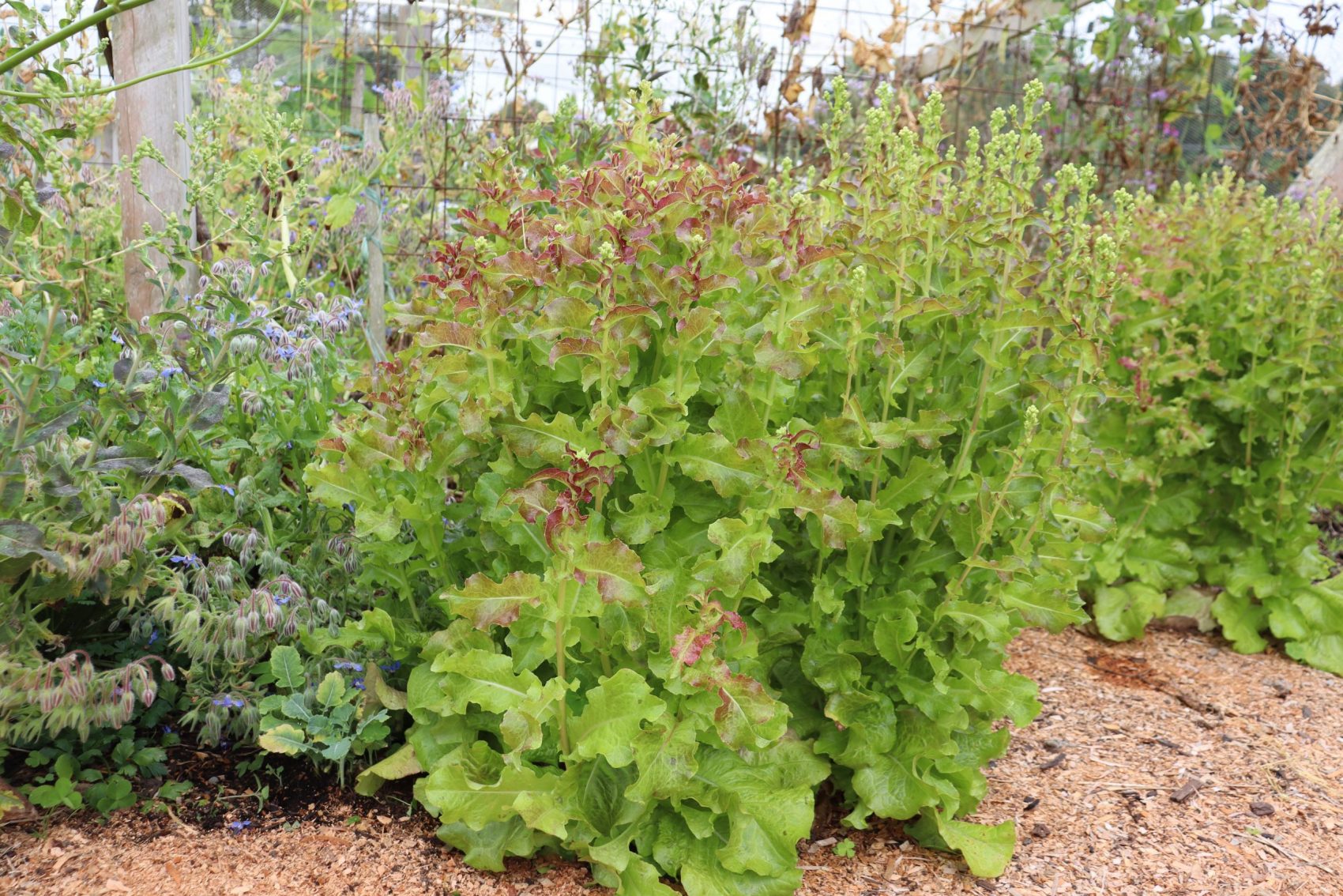Year Round Saladings


A year round supply of fresh picked salad greens is a must have! Sounds like a mission, but its not as hard as you think. With a few tricks, we can make each planting last a goodly long time. This is the key - the longer we stretch the harvest, the less work for the gardener. All in all making a year round supply achievable even for the busiest person.
I use 2 ways to generate daily salad for our household. Direct sown saladings are super quick to implement - I turn to them when I'm busy and aware that a salad gap is looming. The other is a bit more effort - raising seedlings to transplant (I call these market garden salads) - but they last much longer, potentially providing greens for a whole season - yes! 3 months! This promise comes with the usual caveat - as long as the weather plays ball and you keep up your end of due care and regular harvest.
Prepare the soil

If you can get yourself into the habit of immediately covering bare ground with greencrops, crops, mulch or a bit of plastic you will stop ending up in a weedy, difficult, unfertile mess. Not only are you saving yourself heaps of work, you are making the next plant out, so much quicker and keeping fertility on the rise.
- Clear the space - ideally by simply lifting off the tarp or pushing back the mulch.
- Spread compost if needed - the thickness of which depends on the state of your soil. If its sandy or heavy clay, add up to 10cm. Soil for salads needs to be soft (you can easily push your finger into it) and nourished (dark, wormy and smelling good) - homegrown compost is spot on. Bought compost should probably be livened up by mixing with vermicastings or your homemade stuff or doused in EM + Seaweed.
- If you don't have an easily cleared space, simply go no dig - lay newspaper on top of the weeds and cover with about 10/ 15cm compost.
Either way, test for moisture, watering if need be.
Grow

Temperature plays a big part in speedy germination of salad seeds and all round happiness there after. Too cold is below 12℃ and too hot is above 26℃. Where it dips below 12℃, grow undercover in winter + early spring. I use the greenhouse, but pots on a sunny porch or cloches covered with plastic or frost cloth also do the trick. When things warm up - I segue outside, usually mid spring at my place until late autumn.
Mid summer, when its hot, moderate the environment by growing under shade cloth or in semi shaded spots under fruit trees or taller crops like climbing beans.
A variety of varieties covers your bases as they each have weather preferences. To that end, be mindful when choosing seed that it matches the season you wish to sow them in.
Saladings grow perfectly in containers as long as they don't dry out. Their short stature makes them well suited to growing along the outside edge, we call this the picking edge. In a companion sense salads are loved and adored by all.
Direct sown looseleaf salads

Looseleaf salad greens, sown thickly create a carpet of edible leaves that re sprout after harvest. You can fit alot in a small space.
For continuity of supply sow small patches often. At the second harvest it's time to think about sowing the next little patch.
Sow

Put a few looseleaf varieties together in a jar and shake it up. Pat the prepared area gently so the seed can easily connect with the soil, and sprinkle seed generously. Cover with a thin layer of loose compost, soil or a light mulch. Go lightly because lettuce needs light to germinate.
Peg a bit of shadecloth on top of the seed - what a difference this cover makes - holding moisture, softening the dislodging impact of rain and preventing scratching birds having a field day. Peel it off when there's a carpet of newly germinated seedlings bubbling below and replace immediately with hoops and birdnet. This protection is essential as our mates the birds, looove salads!
Keep barely moist and in about 4 weeks (longer if its cool, soil is poor or dried out), you'll be harvesting.
Harvest

At the baby/ teenage phase, use scissors or a sharp little knife to cut as many leaves as you need, leaving a generous 10cm stub for regrowth. In a bed of lovely compost, they'll keep coming back again, and again, and again. Liquid feed wont go amiss.
Market garden salads

Channel your inner market gardener, with a bed of looseleaf saladings transplanted at diagonal spacings. Whether its a whole beds worth or around the picking edge, as in the first photo.
Good compost at their feet, water as required + regular harvest is what keeps them in excellent health and productive over a long period of time. Keep the oldest leaves plucked, leaving a core of 5 or 6 healthy youngsters to provide the impetus for more growth. Whatever you don't use for dinner, or share with friends goes to the chooks or the compost.
Self Seeded Salads

The easiest path to a daily salad is the seedlings that arrive of their own accord on account of you leaving the mother plant to flower and sow her children all over. The only effort required here is if the seedlings land in the path or somewhere inconvenient. Prick them out and transplant them to a better spot, or indeed share them with your neighbours.
Self seeded greens are the ultimate in ease and the end destination I have in my minds eye for you.
